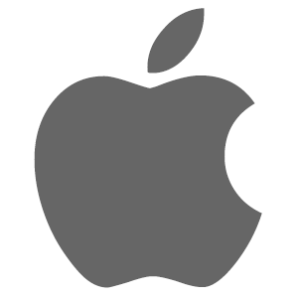Digital retailing isn’t just one thing. Just like many different sales tactics work in-store, there’s no shortage of interesting and effective ways to implement digital retailing to drive massive success in any industry.
Here’s our list of five companies that are doing innovative things with digital retailing. As these innovators prove, the most effective retailing models are those that combine a digital ecosystem with a physical presence to create a seamless and industry-leading customer experience.
 1. Best Buy
After launching this new business model in 2012, Best Buy’s online sales had doubled by 2018. Their physical stores are tactile and interpersonal hubs that allow customers to experience products and connect with expert representatives, but the digital retailing machine silently powers their operation and keeps Best Buy competitive with Amazon and Walmart. The Takeaway: Leverage the strengths of different channels. Build a robust online shopping experience that leans on your storefront for the tactile and interpersonal aspects. |
 2. Apple
By positioning their products as a collection of mysterious aluminum and glass boxes full of high-tech magic, Apple builds in their consumers a reliance on the Apple Geniuses for support and comprehension. Basically: you don’t really understand the product, but the helpful folks at the Apple Store are happy to offer guidance and support. You have no choice but to rely on them, and that’s just how you like it. The Takeaway: A strong digital retailing platform lets your staff transform from pushy salespeople into trustworthy experts who seem a little bit magical. |
 3. INDOCHINO
INDOCHINO cleverly capitalizes on digital retailing to simplify the in-store experience. The showroom is just that – a showroom. They have no inventory for purchase, which means none of the typical retail overhead. They exist solely to show off their materials and provide in-person measurements and advice. The rest of the sale still happens online, and the suit is tailored and shipped from offsite. It’s an innovative and simple way to sell a complex product. The Takeaway: Using a single, streamlined digital platform for online and in-store sales makes your buying process simpler and more cost effective, while improving the customer experience. |
 4. Uber Eats
But this doesn’t just help customers: the transparency granted by food delivery apps gives visibility to restaurants that were formerly too small or too far afield to grab the customer’s attention. It also relieves the strain on servers, who don’t even have to answer the phone to fulfill an order. These apps send restaurants more business while simultaneously reducing the burden on frontline staff. The Takeaway: An intuitive digital channel makes you more visible and easier to buy from — just make sure the digital to physical transition is easy to navigate. |
 5. Amazon
But Amazon has done the reverse of traditional retailing companies. Unlike Best Buy, who took a physical shopping experience online, Amazon has taken a digital-only retail model and added brick-and-mortar stores. As successful as the Amazon digital retail model has been, they have recognized that the future isn’t exclusively digital. It’s digital and physical working seamlessly together. It’s omni-channel. The Takeaway: Digital retailing is the strongest driver of sales, but it’s even better when integrated with a brick-and-mortar store. |
Since 2011, Motoinsight has been working with dealerships and OEMs to realize a new vision for the automotive industry through our leading solutions including MotoCommerce. If you’re ready to find out how your dealership can thrive in the digital future, visit
motoinsight.com. Let’s redefine automotive retail, together.
Interested? Get the latest insights to stay ahead of the competition:



